Two of the most ambitious ZK projects, Succinct and Boundless, are racing to bring verifiable compute to every corner of onchain space.
They both use zkVMs, but they’re not the same.
Here’s a breakdown of how they differ 🧠🧵
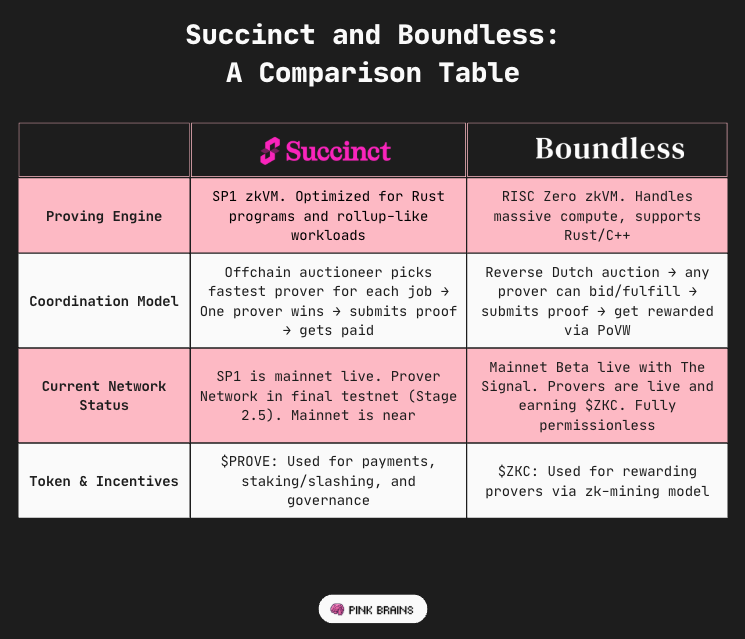
2/ At a high level:
- @SuccinctLabs builds its zkVM (SP1) and runs a decentralized network where anyone can request a proof for offchain work.
- @boundless_xyz (from RISC Zero) builds a ZK protocol layer that turns any offchain computation into a verifiable receipt.
Both want to replace trust with cryptographic truth.
3/ Let’s start with their proving engines
- Succinct’s SP1 runs Rust programs and produces ZKPs using recursive SNARKs. It's fast, modular, and optimized for rollup-like workloads.
- Boundless uses RISC Zero’s zkVM to handle massive computations and scalable proving.
4/ Under the hood:
Succinct uses an offchain auctioneer. You submit a job (like "prove this computation"), and the network finds the cheapest prover in real time.
Provers undercut each other for jobs, creating a market for proving work.
It feels like a Web2 API. Fast, efficient, but secured by ZKP posted onchain later to give you a cryptographic proof that the program ran correctly.
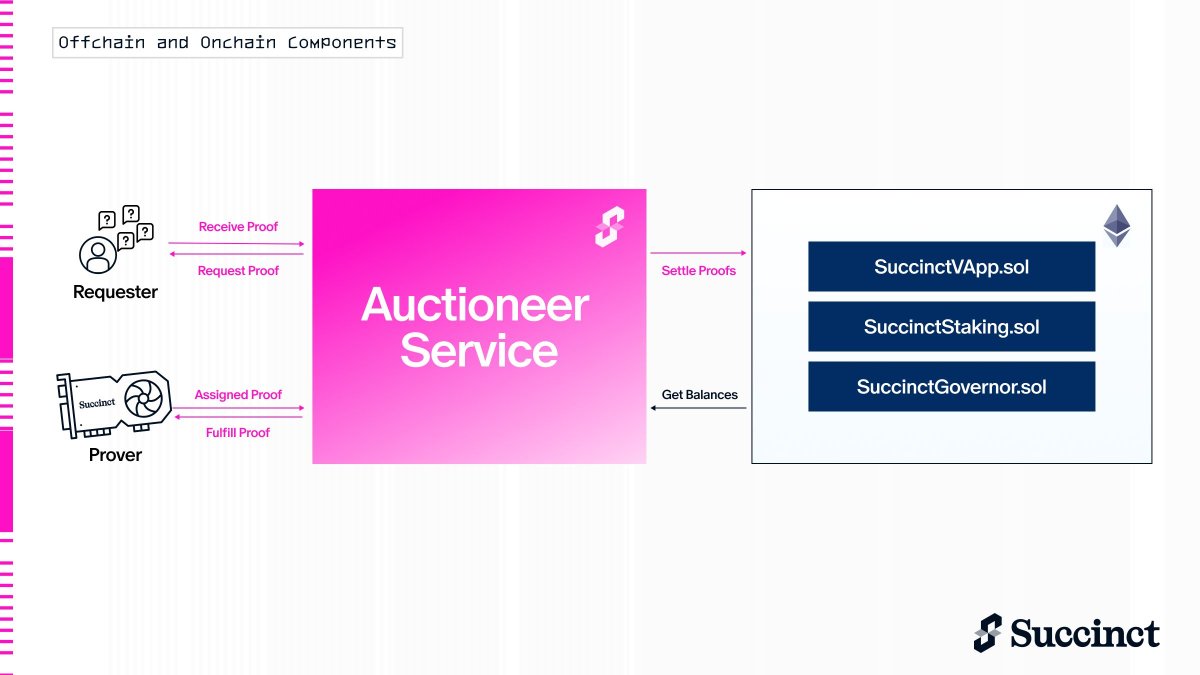
5/ The engine behind it is called SP1 - a zkVM that can run complex logic, verify signatures, simulate rollups, or act like a light client for other chains.
SP1 is optimized for speed, reuse, and low-cost onchain verification. Proofs are small and cheap to verify (around 200k gas on Ethereum).

6/ The SP1 zkVM is live. Builders can verify proofs onchain and ship production-grade apps using SP1.
But the Succinct Prover Network - the decentralized layer where anyone can run a prover and earn - is still in the final stage of testnet (Stage 2.5).
Mainnet for the Prover Network is coming close.
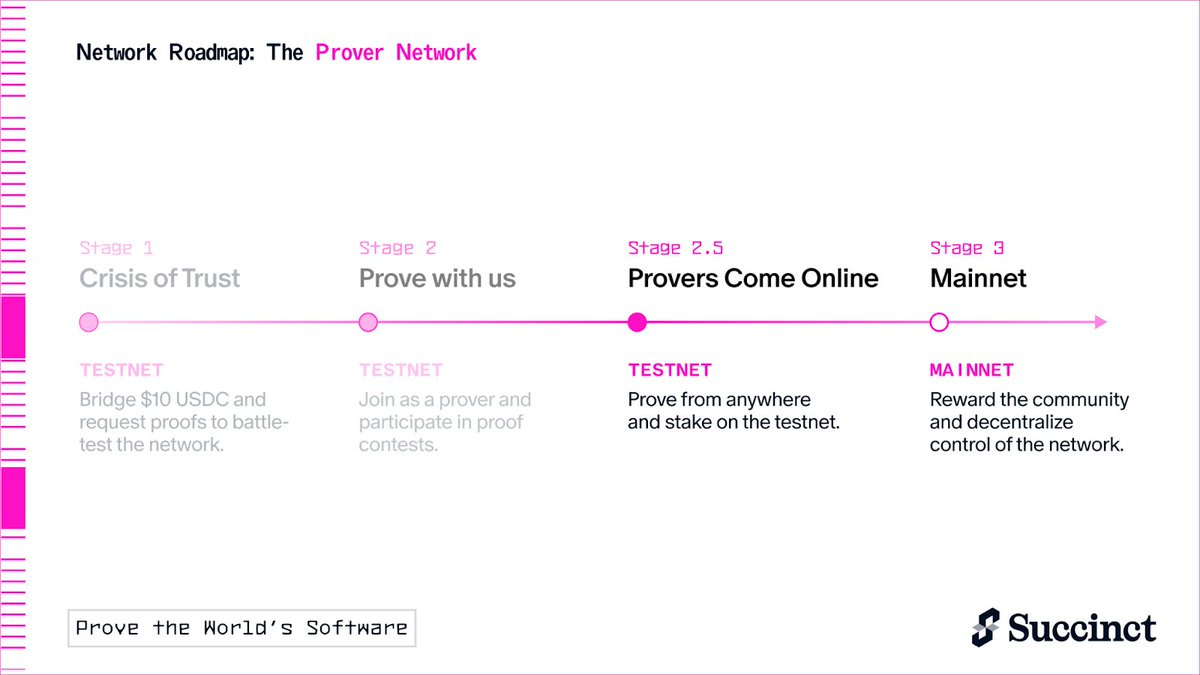
7/ Boundless, on the other hand, turns proving into a public utility. Any chain can ask it to prove something. Any app can outsource complex logic to it.
It’s not just a network; it’s an entire layer for verifiable compute.
You can imagine Boundless as cloud computing with cryptographic receipts.

8/ Built on RISC Zero, Boundless also runs Rust or C++ code in a zkVM.
But it wraps it with a protocol where jobs are posted onchain, then claimed and computed offchain by provers.
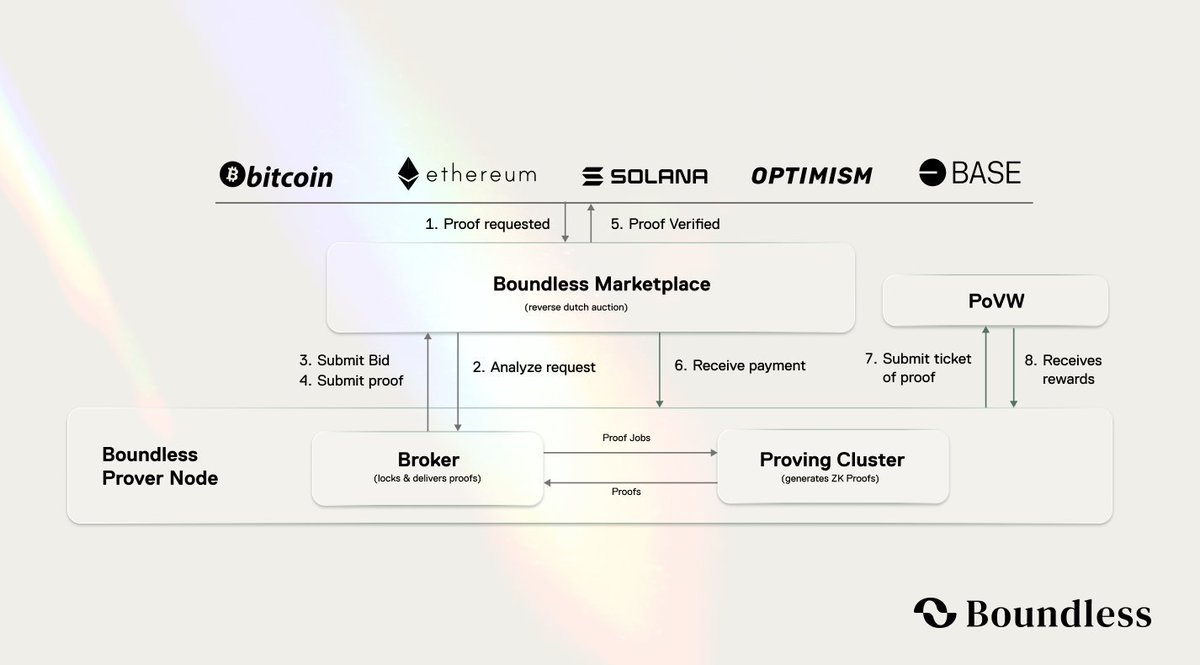
9/ It introduces a new idea called Proof of Verifiable Work (PoVW). Provers get rewarded based on how much real computation they do.
It's like mining, but instead of hashing random numbers, they're proving useful work, running actual programs.
Boundless calls it zk-mining.
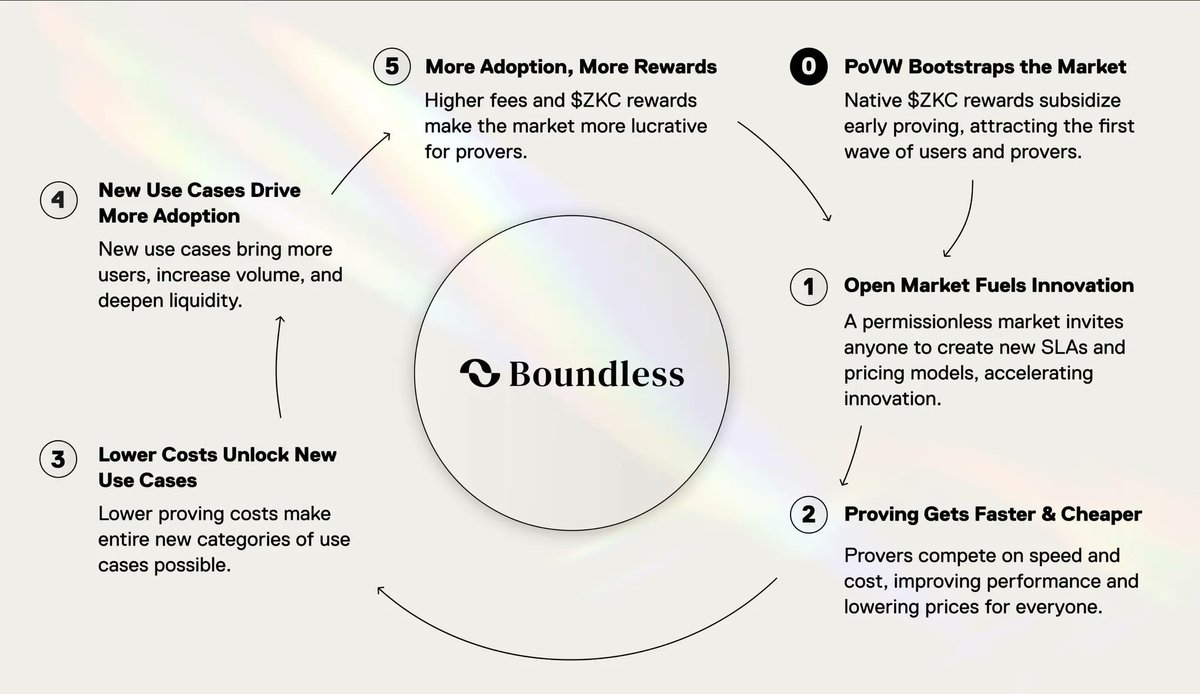
10/ The first live use case of Boundless is The Signal on Mainnet Beta, a ZK consensus client that proves Ethereum finality into a single verifiable proof.
That proof can be read by any chain, enabling crosschain apps to read Ethereum state without multi-sigs or oracles.
The Signal will prove more chains next as the network expands.

11/ What’s the difference?
Succinct: fast, offchain auction → one prover wins the job → submits proof onchain. You get low latency and verifiable results fast.
Boundless: tasks posted onchain → any prover computes offchain → submits proof onchain → PoVW rewards provers. Open-prover competition and fully trustless from the start.
12/ Who is using them?
- @Mantle_Official → Upgraded from Optimistic to zkRollup using Succinct’s SP1 zkVM for fast finality and EVM equivalence.
- Rollup-as-a-Service Platforms (Conduit, AltLayer, Caldera, Alchemy, Gelato) → Offer ZK rollups via OP-Succinct, letting devs launch L2s with 1-click SP1-powered finality upgrades.
- Polygon's @Agglayer → Uses SP1 to help implement a zk-unification layer across Polygon rollups, enhancing cross-rollup composability.
- @celestia (Blobstream DA Bridge) → SP1 verifies Celestia’s block inclusion for trustless DA bridging, enabling rollups to settle on Ethereum with Celestia blobs.

13/ - @eigenlayer → Uses Boundless to compute staked-value updates offchain, posting ZK proofs that reduce L1 gas by ~99.9%.
- @hibachi_xyz → Built the first provable exchange. Offchain matching executes at high frequency; every batch is proven with R0VM on Boundless.
- @citrea_xyz (Bitcoin zkRollup) → Uses Boundless to prove batched Bitcoin transactions, enabling EVM-compatible ZK rollups on Bitcoin.
- @build_on_bob → Boundless powers BOB’s hybrid L2, bringing EVM smart contracts and proof-backed rollups to Bitcoin.
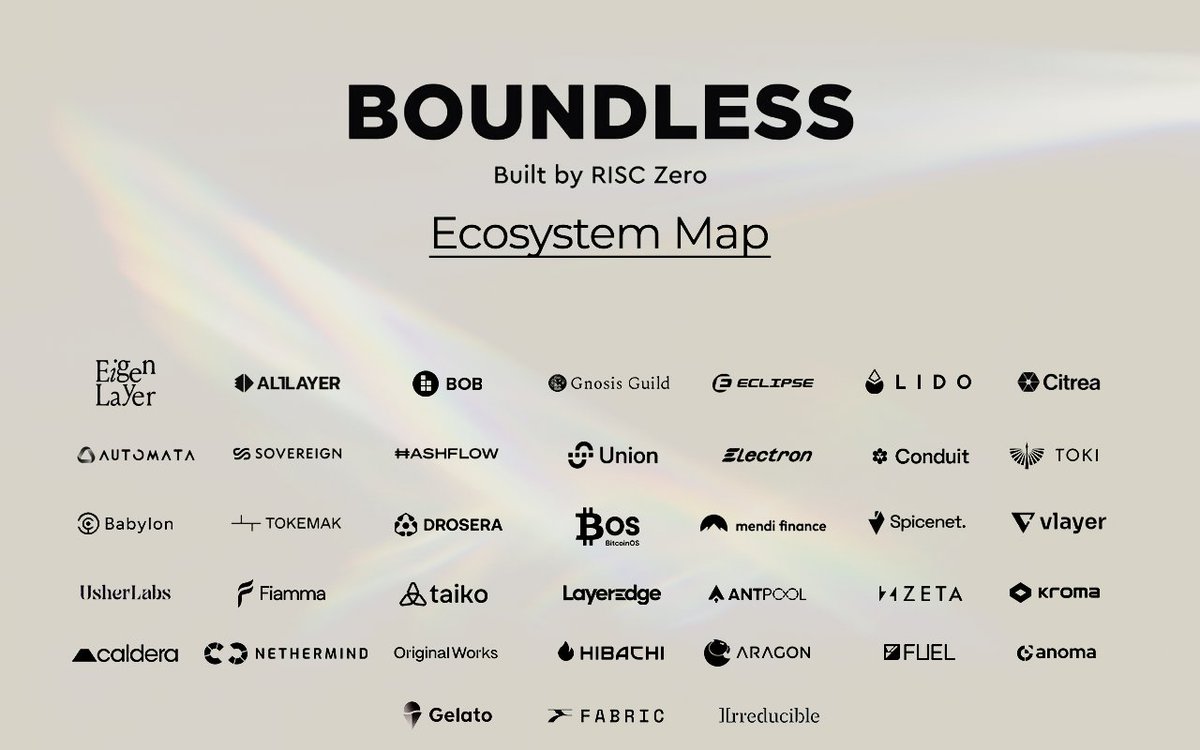
14/ Who wins the ZK game?
They’re not direct competitors. In fact, their approaches could complement each other.
What’s clear is this: ZK infrastructure is going modular. Fast, universal, and trustless compute is no longer sci-fi, it’s happening now.
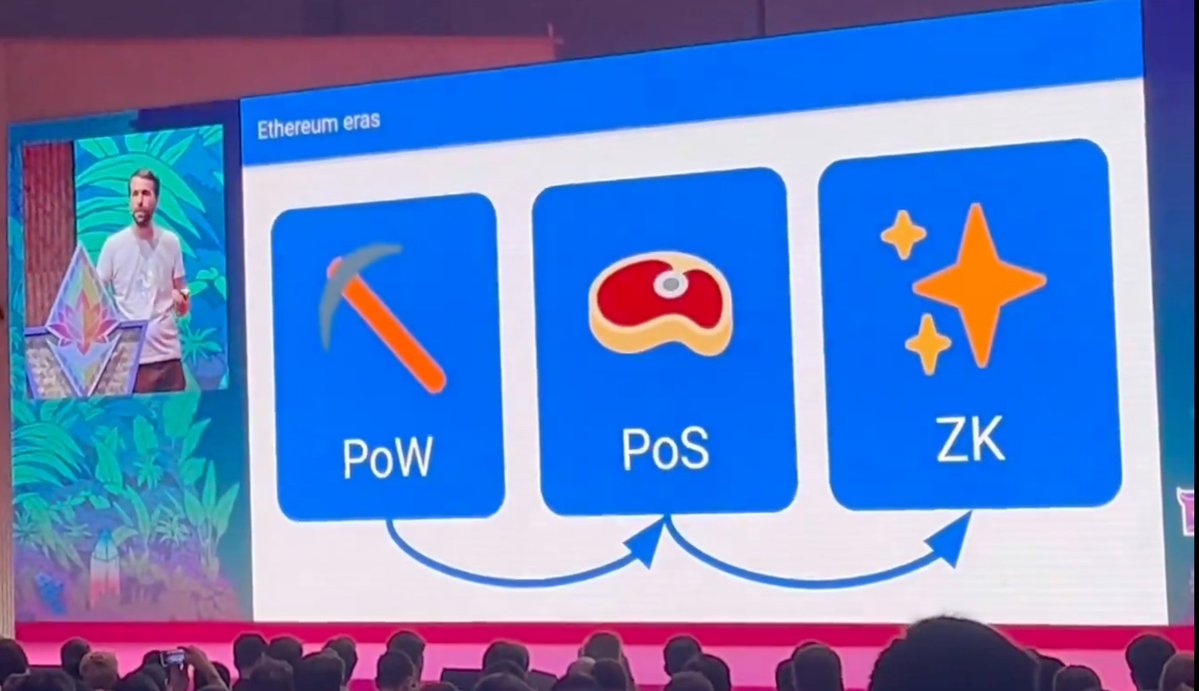
18.99K
9
The content on this page is provided by third parties. Unless otherwise stated, OKX is not the author of the cited article(s) and does not claim any copyright in the materials. The content is provided for informational purposes only and does not represent the views of OKX. It is not intended to be an endorsement of any kind and should not be considered investment advice or a solicitation to buy or sell digital assets. To the extent generative AI is utilized to provide summaries or other information, such AI generated content may be inaccurate or inconsistent. Please read the linked article for more details and information. OKX is not responsible for content hosted on third party sites. Digital asset holdings, including stablecoins and NFTs, involve a high degree of risk and can fluctuate greatly. You should carefully consider whether trading or holding digital assets is suitable for you in light of your financial condition.

